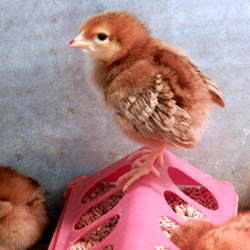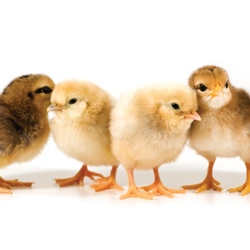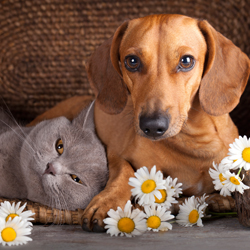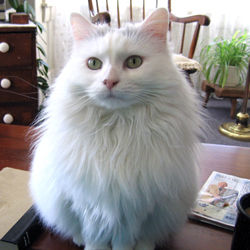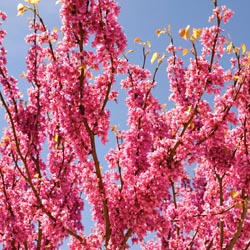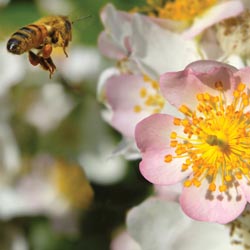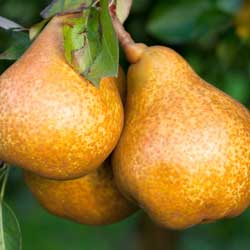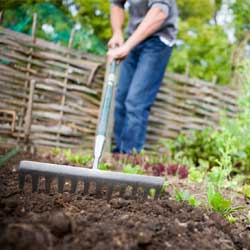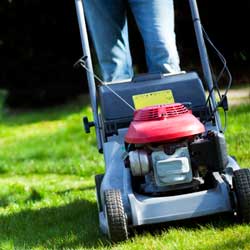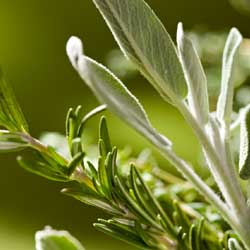Raising your own chickens for food or as a hobby can be a rewarding experience. Here are a few things to consider when starting a new flock of chicks.
Prepare a safe location for your “brooder”, which will be your chicks’ home for several weeks. The brooder should be indoors, to ensure protection from predators, and kept away from drafts. Once the chicks are between 8 to 12 weeks old you can begin getting them used to their outdoor coop home. Chicks make a mess, so be sure to line the brooder to absorb the mess.
In addition to avoiding drafts, the brooder needs to be kept warm. Chicks need a constant temperature between 90 – 95 degrees for the first week. You may wish to include a climate thermometer on the floor of the brooder to keep track of the temperature. Pay attention to the behavior of your chicks as well. If they clump together under the heat lamp, you may need to add another lamp, or if they avoid that area completely, you may need to lower the temperature by raising the lamp.
Use feeders and waterers made for baby chicks. These are designed to keep the food and water at a level the chicks can reach, but without allowing the chicks to spill or get droppings in their food or water. Also, be certain to choose the proper feed for your chicks. Feeding them the same food as your hens may cause digestive or kidney issues, as that feed is too high in calcium for the chicks to handle. Ask us about the right feed for your chicks.
